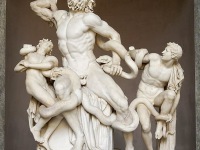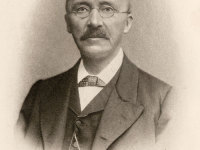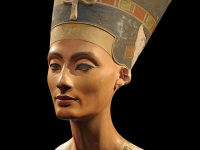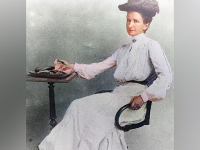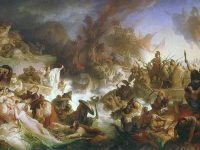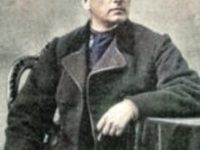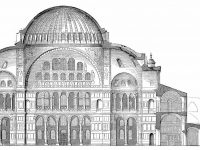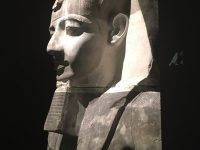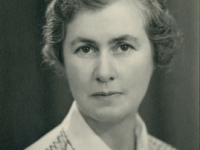The Rediscovery of Laocoön and His Sons
On January 14, 1506, Felice de Fredis rediscovered the statue of Laocoön and his Sons in his vineyards close to the ruins of Emperor Nero‘s Golden House palace on the Esquiline Hill in Rome. The discovery of the Laocoön made a great impression on Italian artists and continued to influence Italian art into the Baroque period. The Myth of Laocoön and the Greek Sculpture Laocoön was a Trojan priest of Poseidon. The story of…
Read more

